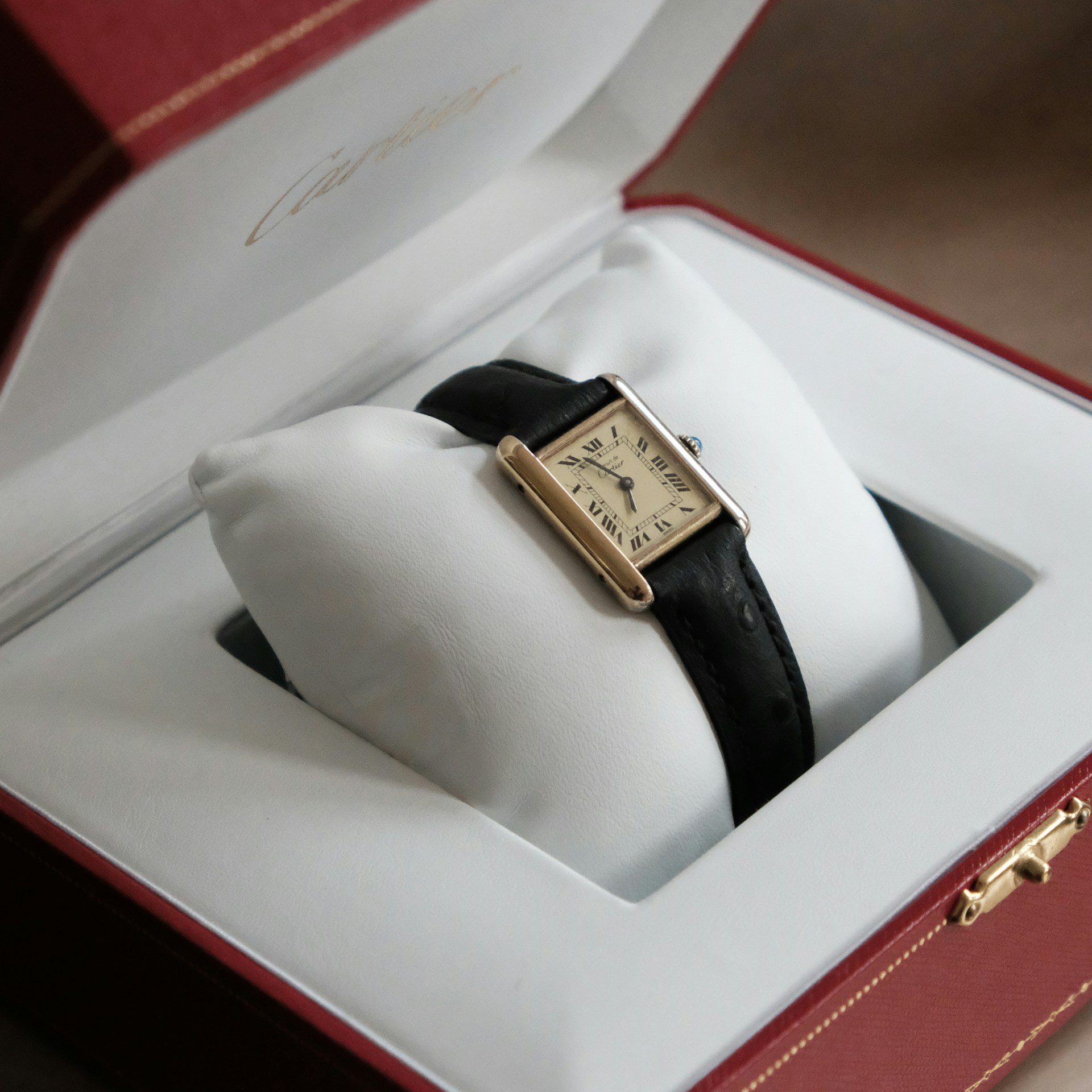Introduction
When it comes to luxury watches, the Tudor brand has been making waves in the industry for years. Established in 1926, Tudor was founded by none other than Hans Wilsdorf, the same man who created the iconic Rolex brand. Tudor watches are known for their precision, durability, and timeless aesthetics. In this blog post, we will take a closer look at the history of the Tudor brand and its evolution into the modern era.
The Early Years
Tudor was initially created in 1926 as a more affordable alternative to Rolex watches. While Tudor watches were still made to the same high-quality standards as Rolex watches, they were designed to be more accessible to the general public. Tudor watches quickly gained popularity, particularly in the military and among professional divers. In fact, Tudor watches were used by the French Navy for a number of years.
During the 1950s and 1960s, Tudor watches became increasingly popular with the general public, and the brand began to expand beyond its roots. Tudor watches were seen on the wrists of celebrities and even made an appearance in the James Bond film “Thunderball.” However, it wasn’t until the 1970s that Tudor truly began to come into its own.
The Man Behind the Tudor Brand: Hans Wilsdorf
Hans Wilsdorf was born in Germany in 1881. He began his career in the watch industry as an apprentice at a Swiss watchmaking company. In 1905, he founded his own company, Wilsdorf & Davis, with his brother-in-law. The company was primarily focused on importing Swiss movements to England and placing them in high-quality watch cases.
In 1908, Wilsdorf registered the name “Rolex” and began producing watches under the brand. Rolex quickly became known for its precision and reliability, and the brand gained a reputation for creating high-quality luxury watches.
In 1926, Wilsdorf founded the Tudor brand as a more affordable alternative to Rolex watches. While Tudor watches were still made to the same high-quality standards as Rolex watches, they were designed to be more accessible to the general public. Tudor watches quickly gained popularity, particularly in the military and among professional divers.
The Modern Era
In the 1980s, Tudor underwent a significant change. The brand shifted its focus to producing high-quality sports watches, designed for those with an active lifestyle. The Tudor Submariner, for example, was designed with divers in mind and quickly became a favorite among adventurers and collectors alike. In recent years, Tudor has continued to innovate with the release of new models such as the Black Bay and the Pelagos. These models offer modern features such as ceramic bezels and in-house movements, while still maintaining the classic Tudor aesthetic.
One of the biggest changes to the Tudor brand in recent years has been its move towards manufacturing in-house movements. Historically, Tudor watches used movements from other Swiss manufacturers, but in 2015, the brand released its first in-house movement, the MT5621. This move was significant for Tudor as it allowed the brand to have more control over the manufacturing process and to differentiate itself from other luxury watch brands.
The Future of Tudor
As the Tudor brand continues to grow and evolve, it is clear that the future is bright. Tudor watches are now more in-demand than ever before, with collectors and enthusiasts around the world eagerly awaiting each new release. With its commitment to quality, innovation, and timeless design, the Tudor brand is sure to remain a favorite among luxury watch enthusiasts for years to come.
One of the key factors that will determine the future of Tudor is its ability to continue to innovate and differentiate itself from other luxury watch brands. In recent years, Tudor has made significant strides in this area, with the release of in-house movements and the incorporation of modern features into its watches. If Tudor can continue to innovate while maintaining its commitment to quality and classic design, the brand is sure to remain a favorite among watch enthusiasts for generations to come.
Conclusion
The Tudor brand has a rich history and has come a long way since its inception in 1926. From its early days as an affordable alternative to Rolex watches to its current status as a high-end luxury brand, Tudor has remained true to its commitment to quality and precision. With its modern features and classic design, Tudor watches are a favorite among collectors and enthusiasts around the world. As the brand continues to evolve, we can’t wait to see what the future holds for Tudor watches.






